Introduction
Persimmons, known scientifically as Diospyros kaki, are a delightful fruit native to East Asia, particularly China, Japan, and Korea. They come in various types, including the astringent (non-astringent when fully ripe) and the non-astringent varieties. Hard persimmons, typically belonging to the astringent category, are firm and contain high levels of tannins, which can make them unpleasantly mouth-puckering when eaten raw before they reach full ripeness. However, with proper care and storage, these firm, greenish-yellow or orange fruits can be preserved to ripen at the desired time without spoiling. This guide will delve into the various methods of preserving hard persimmons to ensure they remain in optimal condition until you are ready to enjoy their sweet, juicy flesh.
Understanding the Characteristics of Hard Persimmons
Before discussing preservation techniques, it’s crucial to understand the unique characteristics of hard persimmons. These fruits are harvested while still firm, often before they reach full maturity. Their skin can range from greenish-yellow to bright orange, depending on the variety and ripeness stage. Hard persimmons contain high levels of tannins, which give them their astringent taste and firm texture. As they ripen, the tannins break down, converting the fruit into a soft, sweet delicacy.
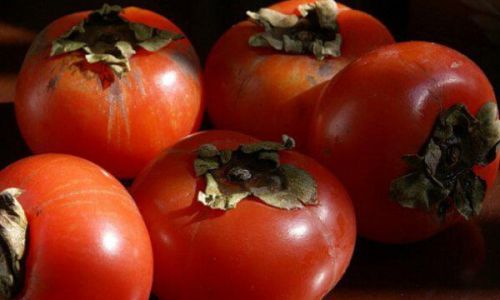
Proper storage is essential to prevent the fruit from spoiling prematurely. Hard persimmons are sensitive to temperature fluctuations and require specific conditions to maintain their quality. Improper storage can lead to the development of mold, softening, or even freezing damage if exposed to extreme cold.
Choosing the Right Persimmons for Preservation
The first step in preserving hard persimmons is selecting the right fruits. Look for firm, unblemished persimmons with smooth, evenly colored skin. Avoid fruits with cracks, soft spots, or mold. The stems should be intact and green, indicating freshness. The size of the persimmons can vary, but generally, larger fruits tend to have more flesh and fewer seeds.
It’s also important to consider the variety. Some varieties, such as ‘Fuyu’ and ‘Hachiya,’ have different storage requirements. ‘Fuyu’ persimmons, for example, are non-astringent and can be eaten while still firm, making them somewhat easier to store. However, for traditional astringent varieties like ‘Hachiya,’ which require ripening, special care is needed to ensure they don’t spoil before they soften.
Storage Conditions for Hard Persimmons
-
Temperature Control
Hard persimmons should be stored at cool temperatures, ideally between 32°F to 45°F (0°C to 7°C). This range helps slow down the ripening process without causing freezing damage. Avoid storing them in warm conditions, as this will accelerate ripening and potentially lead to spoilage.
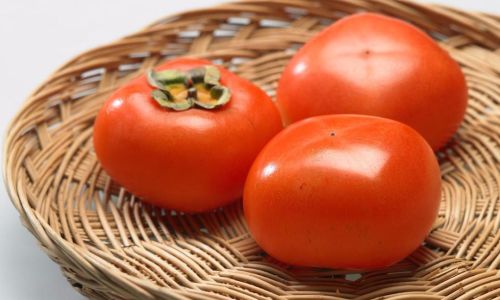
If you don’t have a refrigerator with a dedicated fruit drawer, consider using a cool, dark basement or garage. Just ensure the temperature remains consistent and above freezing.
-
Humidity Management
High humidity is crucial for preserving the quality of hard persimmons. Maintaining a relative humidity of around 85% to 90% helps prevent the fruit from drying out and developing cracks. You can achieve this by placing the persimmons in plastic bags or containers with punctured holes for ventilation. Avoid sealing the bags tightly, as this can trap moisture and promote mold growth.
-
Ventilation
Proper ventilation is key to balancing humidity and preventing mold. As mentioned, puncturing small holes in plastic bags or using containers with ventilation slots allows for air circulation while retaining moisture. This helps maintain the ideal storage environment.
Preservation Techniques
-
Refrigeration
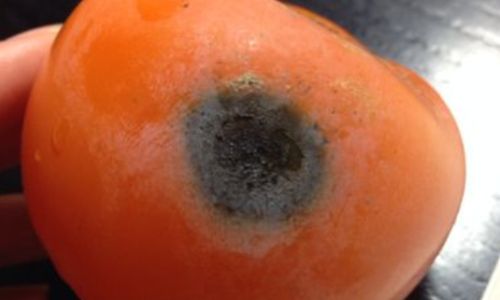
For short-term storage (up to two weeks), refrigerating hard persimmons is the simplest and most effective method. Place the fruits in a plastic bag with small holes for ventilation and store them in the crisper drawer of your refrigerator. Check the fruits regularly for signs of softening or mold.
Remember, refrigeration slows down ripening but doesn’t stop it completely. If you plan to store the persimmons for longer than two weeks, consider other preservation methods.
-
Freezing (for Future Use)
If you have a large harvest and want to preserve persimmons for later use, freezing is an excellent option. However, note that frozen persimmons will have a different texture when thawed, making them suitable for cooking rather than eating raw.
- Peeling and Slicing: Peel the persimmons and slice them into thin wedges or chunks. Removing the seeds is optional but recommended for a smoother texture.
- Blanching: Blanch the slices in boiling water for 2-3 minutes to deactivate enzymes that cause spoilage. Plunge them into ice water immediately after blanching to stop the cooking process.
- Drying: Pat the slices dry with paper towels to remove excess moisture.
- Freezing: Arrange the slices on a baking sheet in a single layer and freeze until solid. Once frozen, transfer them to airtight containers or freezer bags. Label the containers with the date for future reference.
-
Drying (for Long-Term Preservation)
Dried persimmons, also known as dried kaki or hoshigaki in Japan, are a sweet, chewy treat that can be enjoyed year-round. Drying浓缩了 the fruit’s natural sugars, creating a concentrated, delicious snack.
- Peeling and Slicing: Peel the persimmons and slice them into thick wedges. The thicker the slices, the longer they will take to dry but will result in a chewier texture.
- Treating with Sulfur (Optional): Dip the slices in a solution of water and food-grade sulfur dioxide to prevent browning. This step is optional but can enhance the final appearance of the dried fruit.
- Drying: Use a food dehydrator or an oven set to its lowest temperature (around 140°F or 60°C) with the door slightly ajar for ventilation. Drying time can vary from 24 to 48 hours, depending on the thickness of the slices and the drying method.
- Storing: Once fully dried, store the persimmons in airtight containers in a cool, dark place. They can last for several months to a year.
-
Ethanol Preservation

Ethanol preservation is a less common but effective method for extending the shelf life of hard persimmons. This technique involves immersing the fruits in a solution of ethanol and water, which creates an anaerobic environment that inhibits microbial growth.
- Preparation: Wash and dry the persimmons thoroughly.
- Ethanol Solution: Prepare a solution of 70% ethanol and 30% distilled water. Ensure the solution is food-grade and safe for consumption.
- Immersion: Submerge the persimmons completely in the solution and store them in a sealed, airtight container.
- Storage: Keep the container in a cool, dark place. Ethanol-preserved persimmons can last for several months.
Note that this method alters the taste and texture of the fruit slightly, making it more suitable for cooking or blending into smoothies rather than eating raw.
Conclusion
Preserving hard persimmons to prevent spoilage involves understanding their unique characteristics and applying appropriate storage techniques. By controlling temperature, humidity, and ventilation, you can maintain the quality of your persimmons for extended periods. Refrigeration is suitable for short-term storage, while freezing, drying, and ethanol preservation offer long-term solutions. Each method has its own benefits and drawbacks, so choose the one that best aligns with your needs and preferences.
Remember, the key to successful preservation is consistency. Regularly check your stored persimmons for signs of spoilage, and adjust storage conditions as necessary. With proper care, you can enjoy the sweet, juicy flavor of ripe persimmons throughout the year, even after the harvest season has ended.
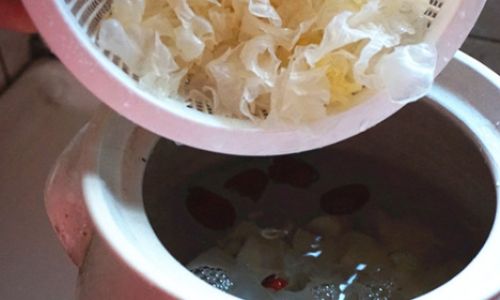
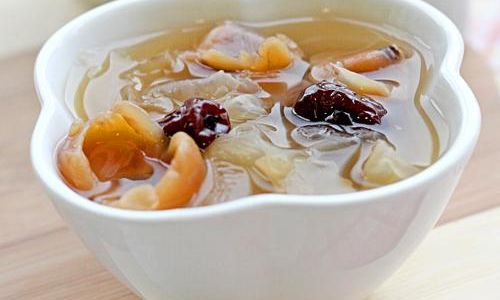
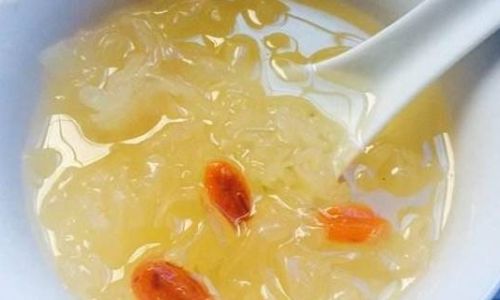

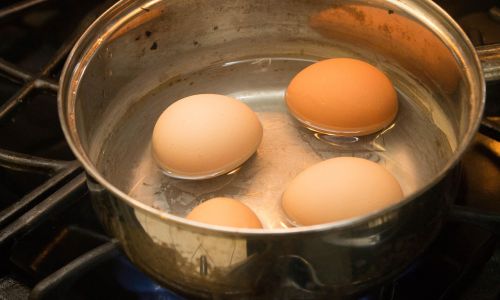
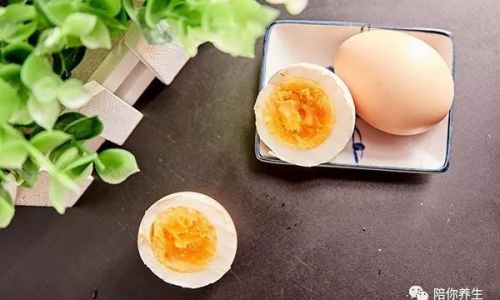
0 comments